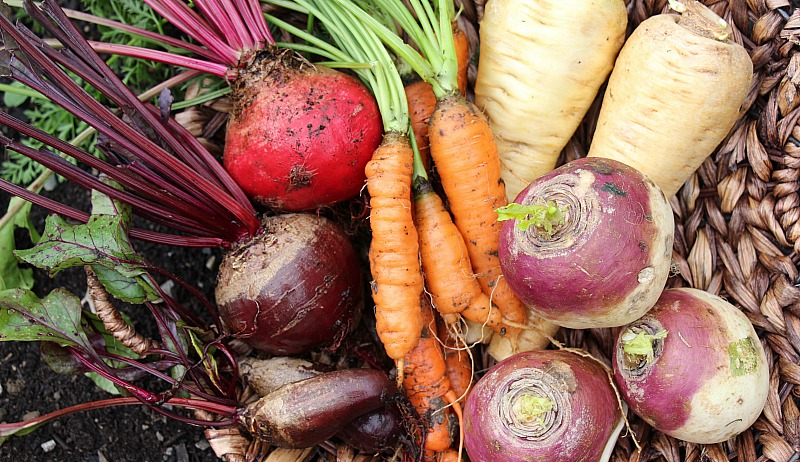
Root cellars are a necessity to year-round seasonal eating, but a classic below-ground root cellar might not be feasible if you live in areas like the Pacific Northwest or southeastern states.
“In [the South], cellars and basements are rare because they tend to become ponds,” says Claudette Reichel, professor and extension housing specialist with Louisiana State University’s AgCenter. “The water table is too high to make them practical, unless the building is high and dry on a hill.”
Chip Bubl, horticulture faculty member for Oregon State University’s Extension Service, says that Oregonians residing west of the Cascades often find there’s just too much moisture for successful root cellaring.
You might also be looking for an alternative if you aren’t able to construct a full-fledged root cellar at ground level in an existing cellar. Here are six options to consider:
1. Clamps
Clamps are holes that have been dug below frost level, about 1 square yard. Make a bed of straw at the bottom of the hole, layer produce (potatoes and root vegetables store well in clamps), then cover with additional straw, and top with plastic, soil or a heavy wood cover.
2. Springhouse
Springhouses are typically one-room buildings similar to a root cellar that are built over a natural spring or other natural water source. The spring water will maintain a constant temperature in the building year-round.
3. Recycled Refrigerator
Use an old, out-of-service freezer or refrigerator for food storage by burying it in the ground.
Warning: Be sure to remove any locking/latching hardware on old refrigerators. While these refrigerators are less common, they can still pose a safety threat for children who could become trapped inside.
4. Picnic Coolers
Shop thrift stores and discount stores for picnic coolers, and fill with potatoes, carrots or other produce that keep in cold-moist conditions. Coolers can be kept outside, topped with hay or a blanket, or moved to a garage in order to adjust and control the temperature.
5. Garbage Cans or Barrels
Bury a metal garbage can or heavy-duty barrel so the top of the can is several inches above ground level. Dig a moat or ditch around the outside to keep run off from filling in and around the can. Top with a lid, then cover with straw for insulation. Bag vegetables separately (in perforated plastic) for storage.
6. Cargo Containers
If you have a lot of space, purchase and partially bury a cargo storage container, or surround it with straw bales for insulation. Make sure you have ventilation for humidity and temperature control.




